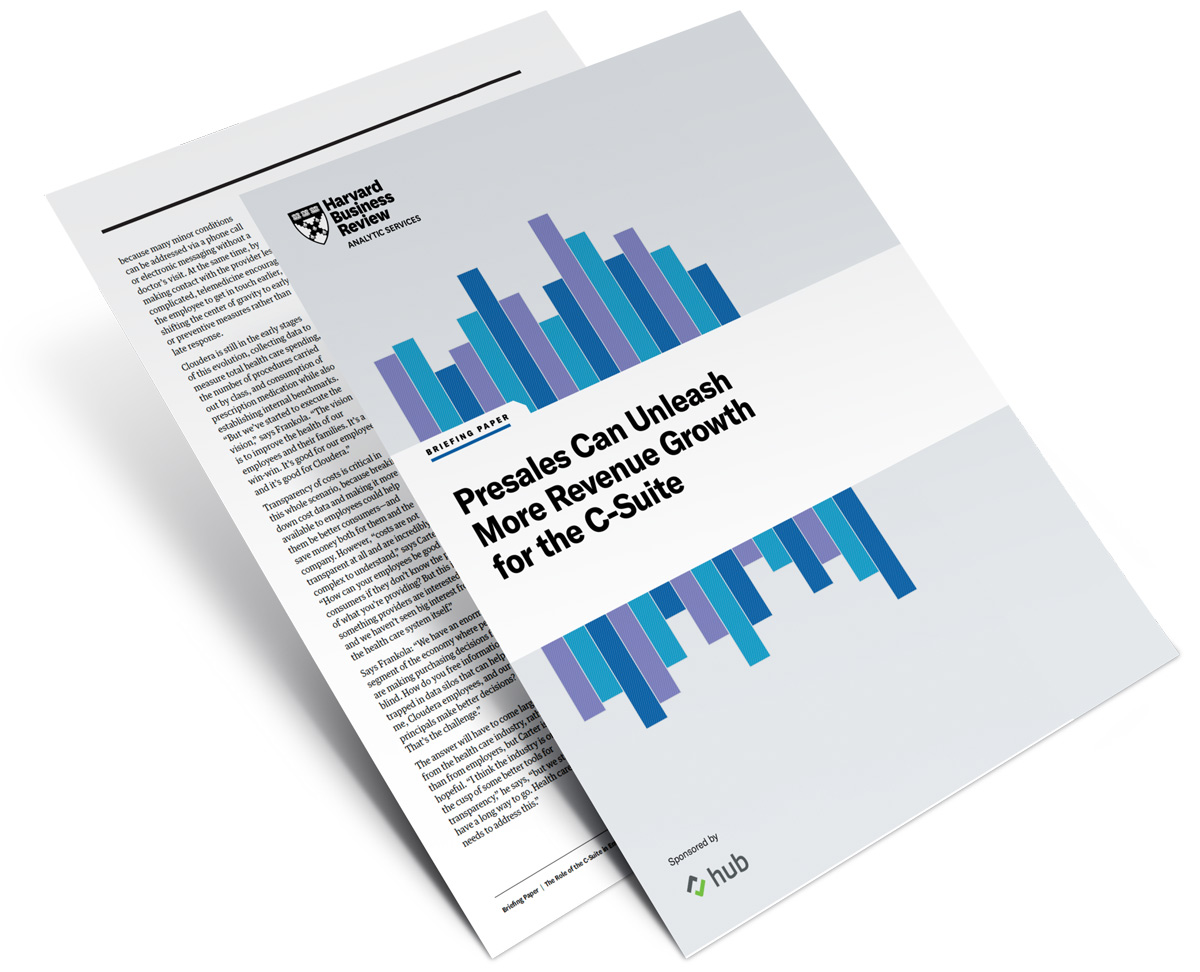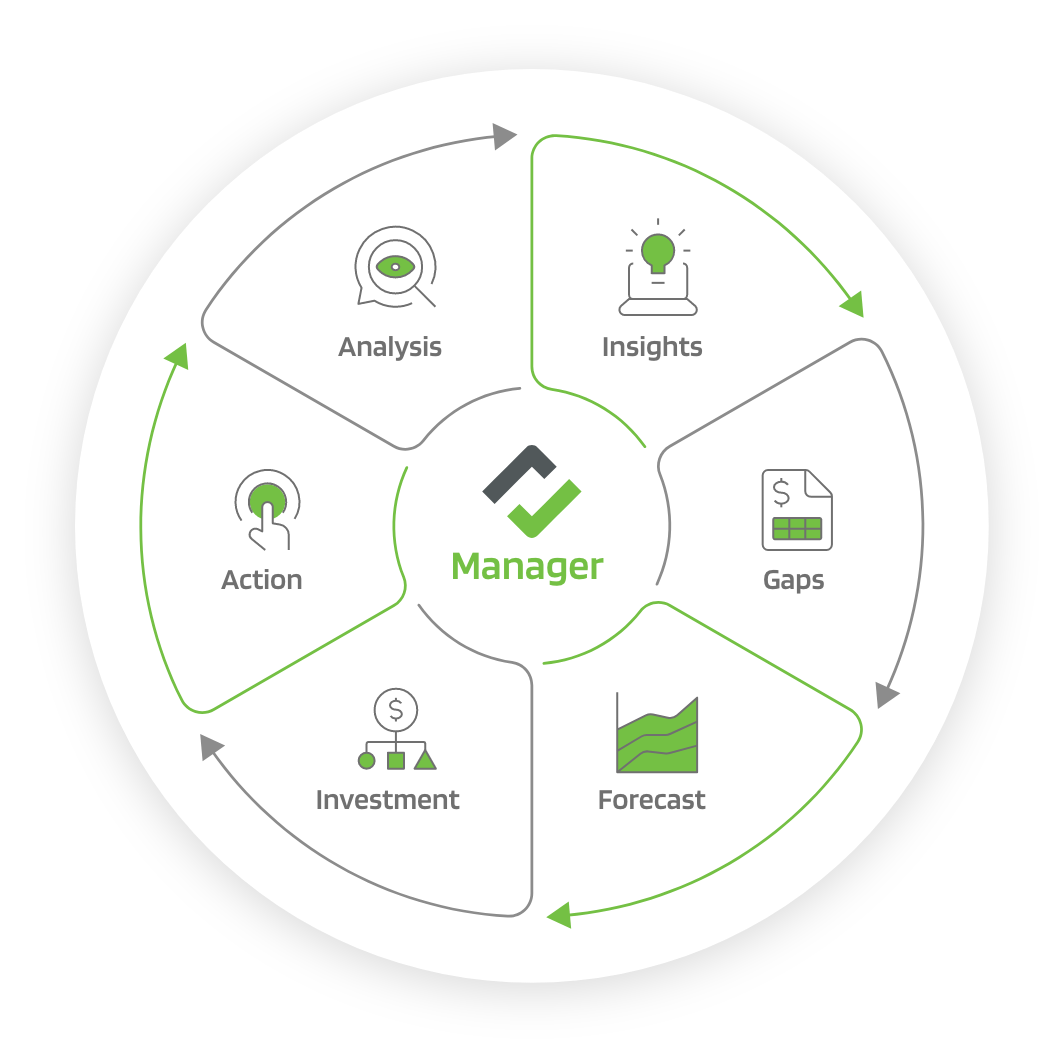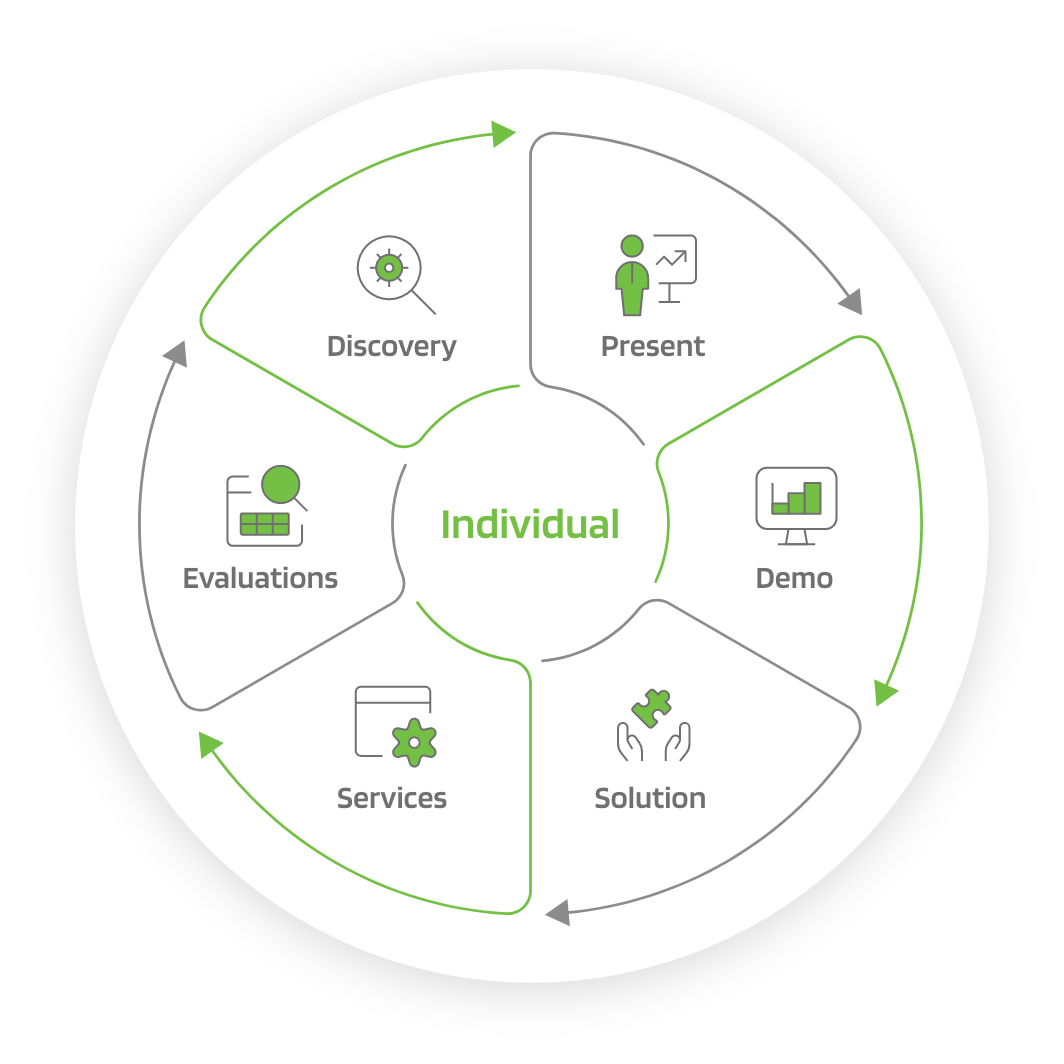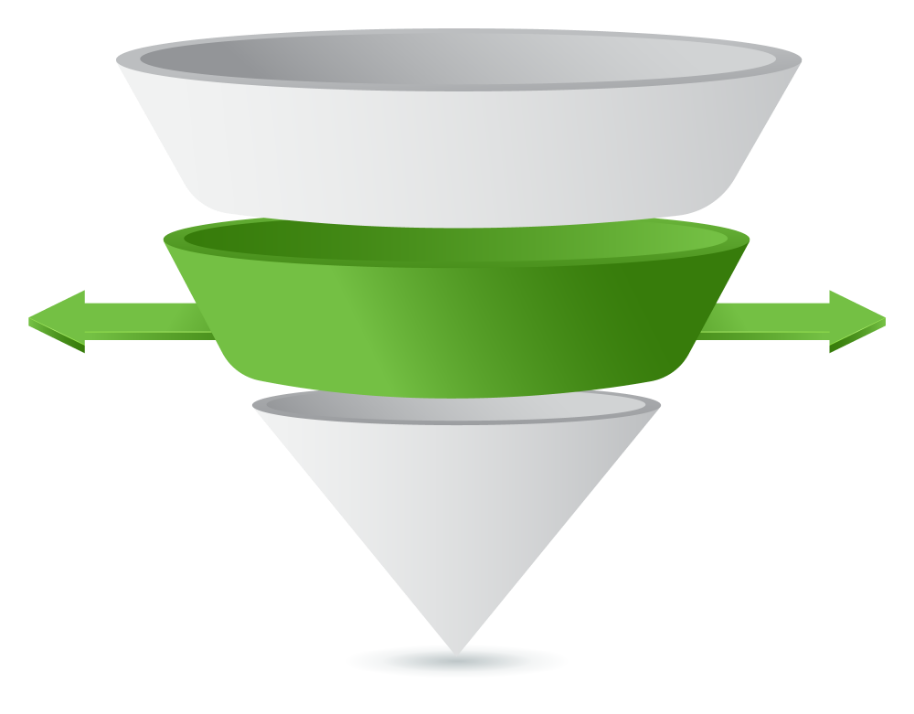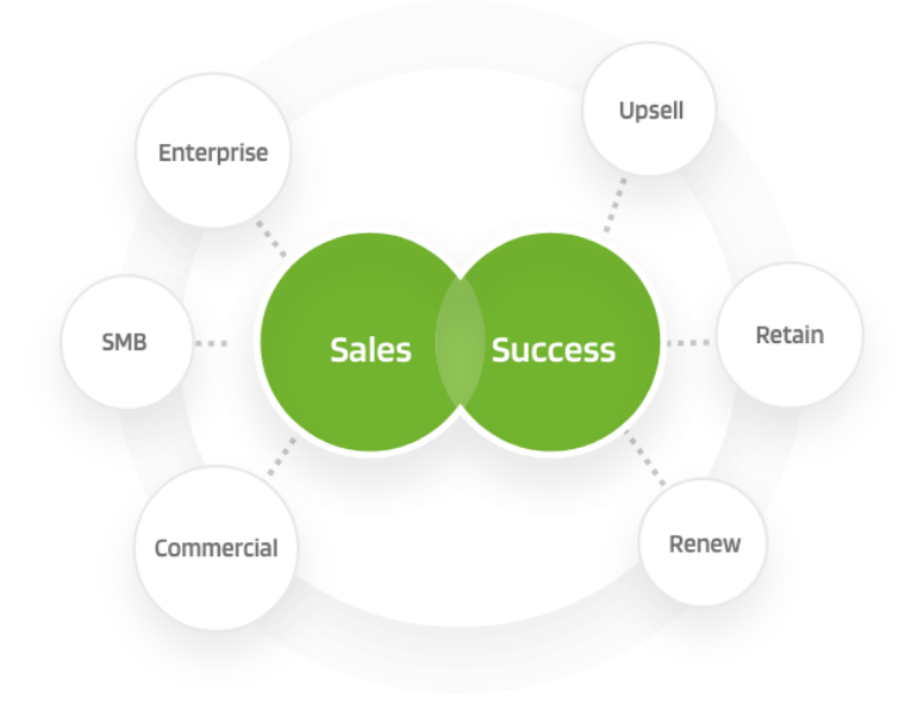
Technical Sales by Hub
Presales And Sales: It’s All About Per Unit Economics

A recent conversation I had with a dear friend of mine about pear trees inspired this post. First, let me tell you a little about my friend. He is a former CEO, a former venture capitalist at one of the United States’ premier firms, an early investor in massive companies like Airbnb, and a board member at publicly traded companies. He and I had dinner a few weeks ago, and we started talking about his farm where he has a large number of pear trees. Mind you, he’s not an aboriculturist, but he does understand the per unit economics of pear trees: how to measure the cost per tree and the yield of fruit by each tree. He expanded on the fixed and variable costs of pear trees and the external variables that affect the per unit economics of pear trees.
You may be asking, What the heck does this have to do with presales and sales per unit economics? A lot. This conversation gave me insight on how very successful executives and investors think. Whether it’s selling pear trees or high-tech solutions, for investors it all leads to per unit economics.
So what is per unit economics? In simple terms, it’s how much a business spends to recognize how much it gains. Good and bad per unit economics are determined by the extremes between these two sides of this seesaw.

In looking at the per unit economics of your presales and sales business, imagine the power you would have over your business if you could break down every aspect of your human capital of cost and revenue per person. Even further, imagine if you could get more granular and could break down the cost and revenue per activity and/or task?

Getting to such a state of per unit economics nirvana — based on reliable data of your presales and sales business — could yield well-informed decisions on where to automate and optimize and how to best perform work, such as how to allocate and reallocate your people. Additionally, establishing a baseline could give you the means to adjust your per unit economics via internal factors that you control to respond to external forces over which you have no control.
Presales and Sales Per Unit Economics Nirvana
Presales and sales per unit economics nirvana is, of course, an ideal state, but there is a practical set of steps you can take to start that journey. They are:
- Define what your per unit economics should be in your business.
- Identify ways to effectively capture data that quantifies your costs and revenue.
- Make sure the data capture tasks don’t significantly add to your costs.
- Explore ways to introduce automation to reduce cost and grow revenues.
- Audit how your current presales and sales workflows can be optimized.
- Utilize commercial tools that can help reduce costs and grow revenues.
- Calculate ROI of investments in people, processes and tooling.
- Don’t be afraid to fail. But don’t fail when you don’t have to.
It’s worthwhile to strive towards a state of presales and sales per unit economics nirvana. Building the discipline will help you measure the effectiveness of your impact on the business.
